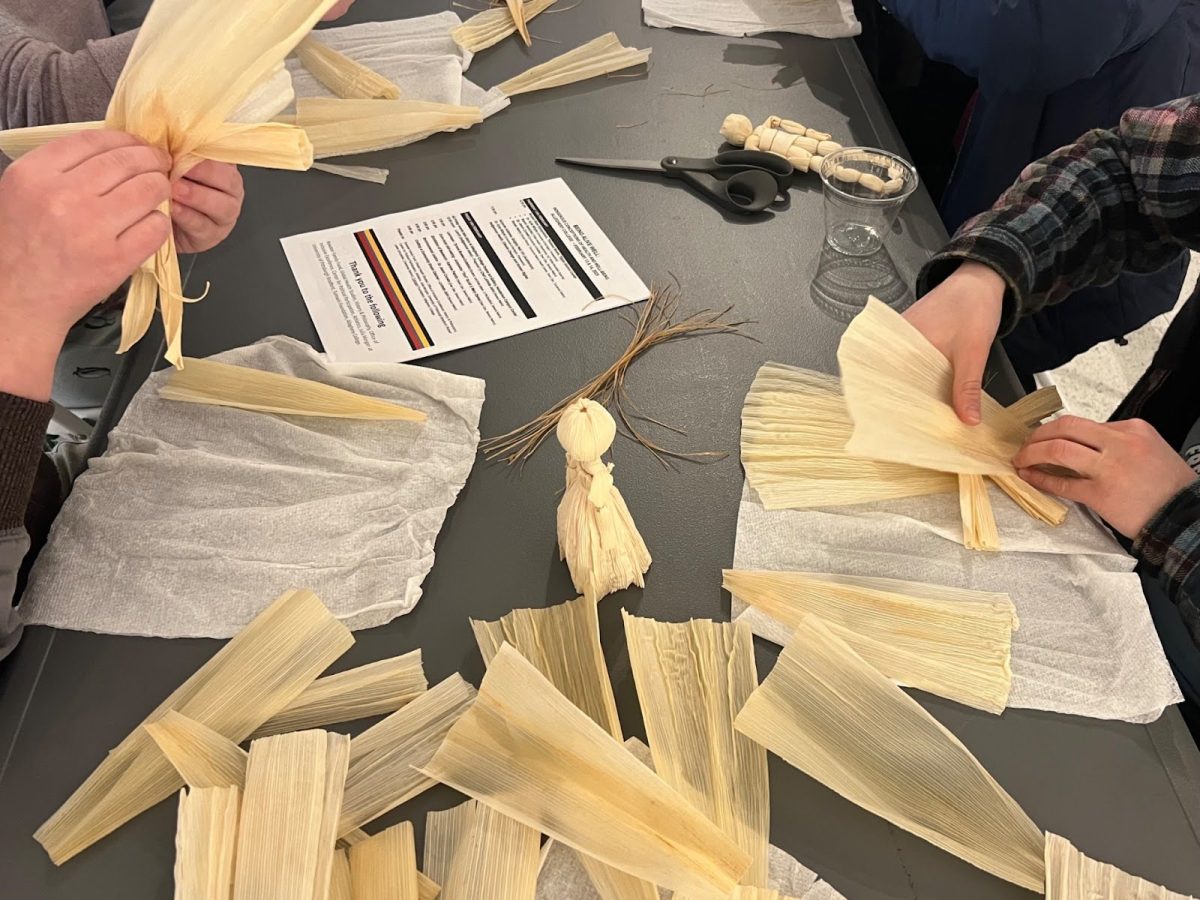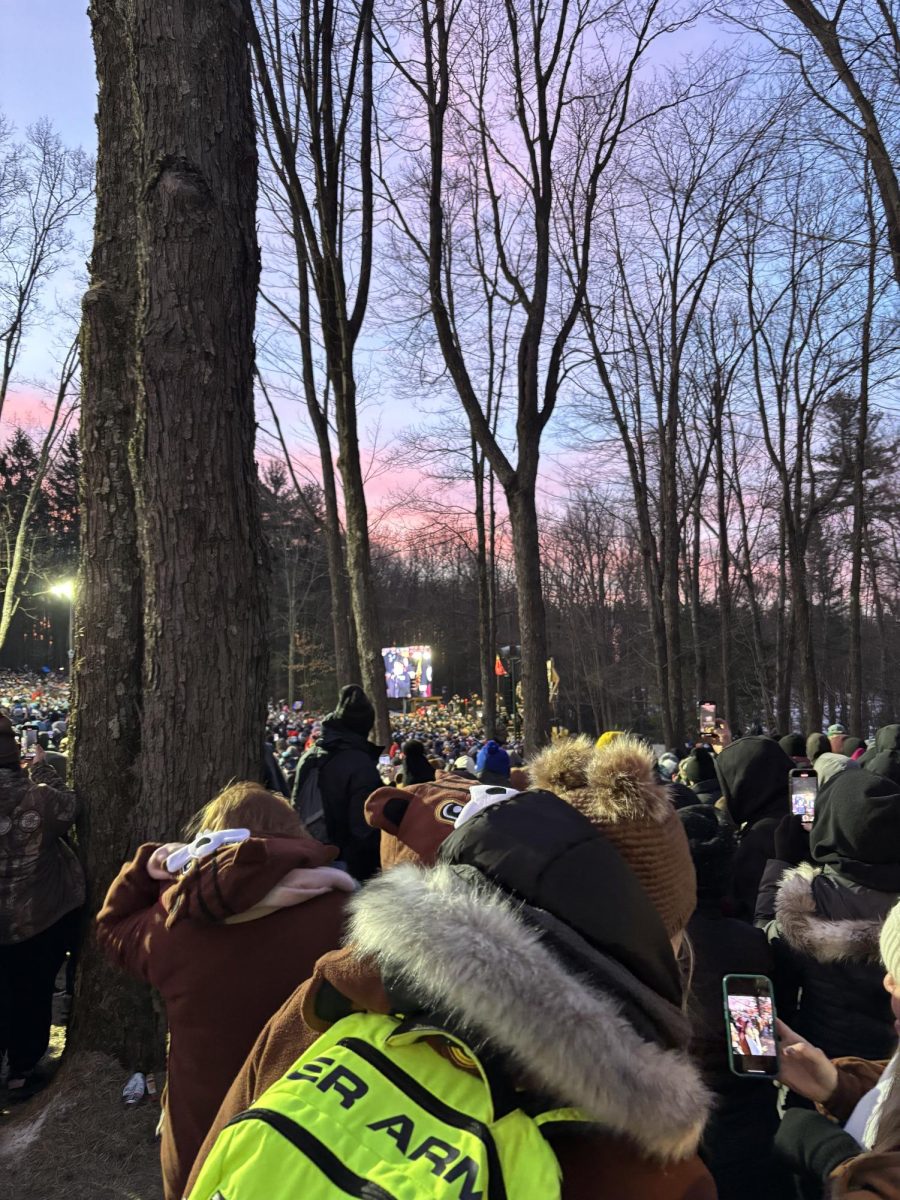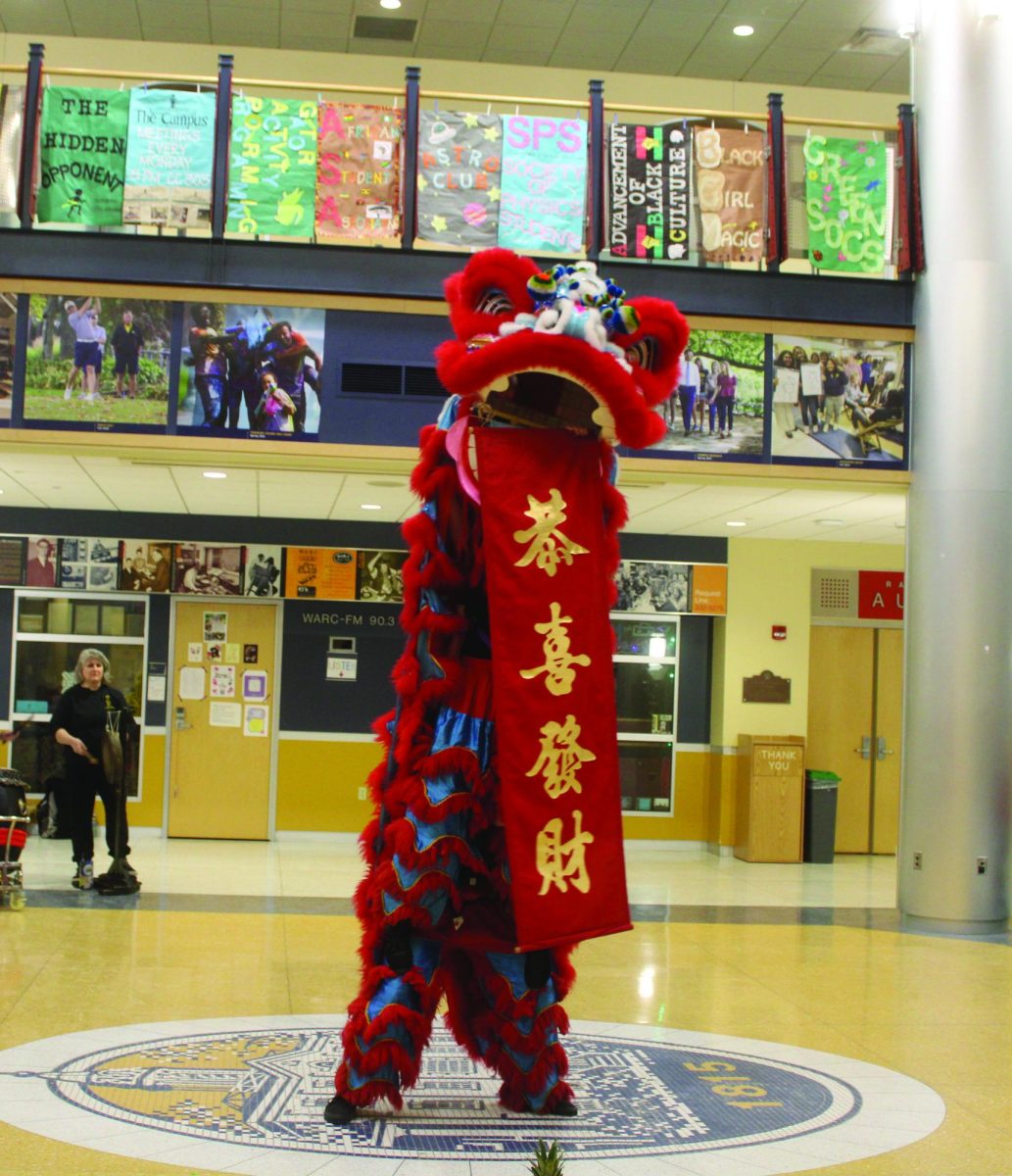By MOLLY DUERIG
Features Editor
[email protected]
Since freshman year, I’ve watched people repeatedly get ultra-excited for the craziness of Springfest, only to become extremely disappointed by the weekend’s events, which always end up being “nothing compared to last years.” This leads me to question just how spectacular the very first Springfest must have been to have set such a remarkably high standard for itself-one that, in my personal opinion, hasn’t been met since I got onto campus in 2009.
Don’t get me wrong: I enjoy Springfest just as much as the next college kid. I simply don’t think it’s extraordinary enough to warrant the huge hype it always receives. After all, drinking outside in the sun (weather permitting) is a grand enough activity, but what’s to stop us from doing it every weekend? (Besides our heavily-weighted workloads, of course – but that never stops us on Springfest.)
And the mildly entertaining themed activities sponsored by the Gator Activities Programming (tye-dying for a 1960s theme; faux wedding photos for a Las Vegas theme; a mechanical bull-riding contest for Wild Wild West) are all well and good, but there’s no reason for why any of these can’t take place on different weekends throughout the year.
While looking through an issue of The Campus from 2003, I stumbled across a picture of a GAP-sponsored Casino Night – an event that would’ve corresponded perfectly with the Las Vegas Springfest theme of two years past. This event, geared to attract prospective students, functioned on its own during a visit weekend. It was not part of a theme encompassing an entire weekend.
This is the question that initially sparked my interest in the history of Springfest. Why choose a seemingly unrelated theme to represent the celebration of spring time? I don’t know what theme most appropriately expresses the ideals of Springfest – whatever they happen to be – but I’d guess that Wild Wild West doesn’t quite cut it.
I became curious about how Allegheny’s version of Springfest developed out of seemingly empty themes.
I was surprised to find that the answers to these questions were not readily available. No one person I’ve spoken to who’s been at Allegheny during the past ten to thirty years can even remember when Springfest started, much less how it began and why it was formed.
Quite possibly, I thought, the drinking that traditionally accompanies Springfest used to be far heavier than we know it to be today. Maybe this could explain why nobody at Allegheny remembered how Springfest started.
Professor of Philosophy and Religious Studies William Bywater Jr., recently commemorated for his 44th anniversary of teaching at Allegheny College, said he has no recollection of when or how Springfest initially began.
Numerous alumnae from the 1980s who are now parents of current Allegheny students said Springfest did not exist during their time spent at Allegheny.
College Archivist Ruth Andel recalled a celebratory Greek-life festival held during her time as an Allegheny student in the 1980s, but no particular memory of it being dubbed “Springfest” or any similar name.
Certainly, there had been no incorporation of Las Vegas or Wild Wild West themes to this festival.
From the best I could find, Springfest began sometime during the mid 1990s. There was no mention of Springfest in any of the 1991 issues of The Campus. The first mention I could find was in an edition from 1996, which discussed the band-booking process involved with Springfest. That year GAP and Allegheny Student Government sponsored a performance by Deep Blue Something.
It appears that Springfest used to be largely structured around musical performances. An edition of The Campus from March 2000 features an article that is headlined, “Mardi Gras Springfest to Bring More Entertainment than Past Years.” Festivities were to be complemented with more activities than just musical bands, which had been previously defined Springfest to a large extent.
That headline suggests that Springfest has been met with some level of disappointment ever since it was created, disproving my hypothesis of Springfest’s beginning as an enormously successful celebration causing future Springfests to pale in comparison.
Although Springfest may not always live up to the enormous hype surrounding it, we can at least all be grateful that it has never developed into a seriously problematic event associated with outrageous, criminal behavior. Springfest is not a unique phenomenon to Allegheny; other colleges and universities have Springfest celebrations as well, and some are far more reckless than others.
Just last weekend, about a hundred police officers resorted to tear gas and sting balls filled with rubber pellets to combat belligerent students celebrating Kent State University’s annual College Fest, according to the school’s online media outlet, kent.patch.com.
The damage wreaked by the rowdy students added up to $26,000 in cost of emergency response. Thirty-three students were arrested by Kent police.
In April of 2012, James Madison University’s Springfest celebration was defined by flaming dumpsters, police officers with tear gas, a part of 8,000 people (many that weren’t JMU students, riots and mass arrest and hospitalizations.
The fact that no situation nearly as dangerous has ever occurred at an Allegheny Springfest is due partly to the difference in school size. It also suggests that the supposed surge in belligerence and partying may not be as large as it’s made out to be. This year, only ten citations were recorded during Springfest.
Interestingly, in recent years criminal incidents have taken place at Allegheny – in the fall semester, rather than the spring.
Cody Switzer, ’07 alumnus and former Campus editor, recounted that a large party was busted on the residential Meadow Street shortly after the 2006 fall semester began. The Meadville Police Department doled out 106 citations to Allegheny students: 103 counts of underage drinking and 3 counts of marijuana use.
Back in 2006, there was no four-year campus living requirement, so many students lived on Meadow Street, Switzer said.
“Even from a hundred feet away, people couldn’t hear the party going on,” he said. “It was not any kind of wild Animal House party. It was packed but no more so than any normal party in a frat basement.”
But plain-clothed police followed some students to the party, where they encountered plenty of citation-worthy activities going on. Switzer said he believes police were trying to nip wild parties in the bud early in the year, before opportunities for more craziness could arise.
Switzer also said that in his experience, college students are more prone to lose control during the designated special moments throughout the year.
“When they see something as a special occasion, like Springfest or the beginning of the second semester, students lose their limits and their heads. They start to make bad decisions. Meanwhile, it’s really just an arbitrary weekend,” he said.
The Campus’ 2000 issue of The Compost, a satirical edition traditionally printed for April Fools Day, printed a story with a headline of “Agony on the weekends,” with “agony” being a joke name for “Allegheny.”
Perhaps Springfest simply blossomed as an attempt to counteract the feelings of depression and bitterness that tend to increase among students as the spring semester draws to a close and those looming final assignments come even nearer.







[email protected] • May 8, 2012 at 11:32 am
why hasn’t my comment posted?
campuseditor • May 8, 2012 at 1:24 pm
Sorry cushmac- web manager was off for finals. Everything should be up now.
[email protected] • May 5, 2012 at 8:26 am
i can’t say for sure but i remember being quoted in the Campus in 1993 or 94 where the paper had a poll question and printed 4 or 5 responses. the question was something to the effect of: What can the school do to improve the social activities and i said more outdoor parties with kegs and subs like Springfest. That was when i think it started in the 92-93 area- Rusted Root played at the Phi Delt house regularly and i think they headlined Spring fest. cushmac- class of 95